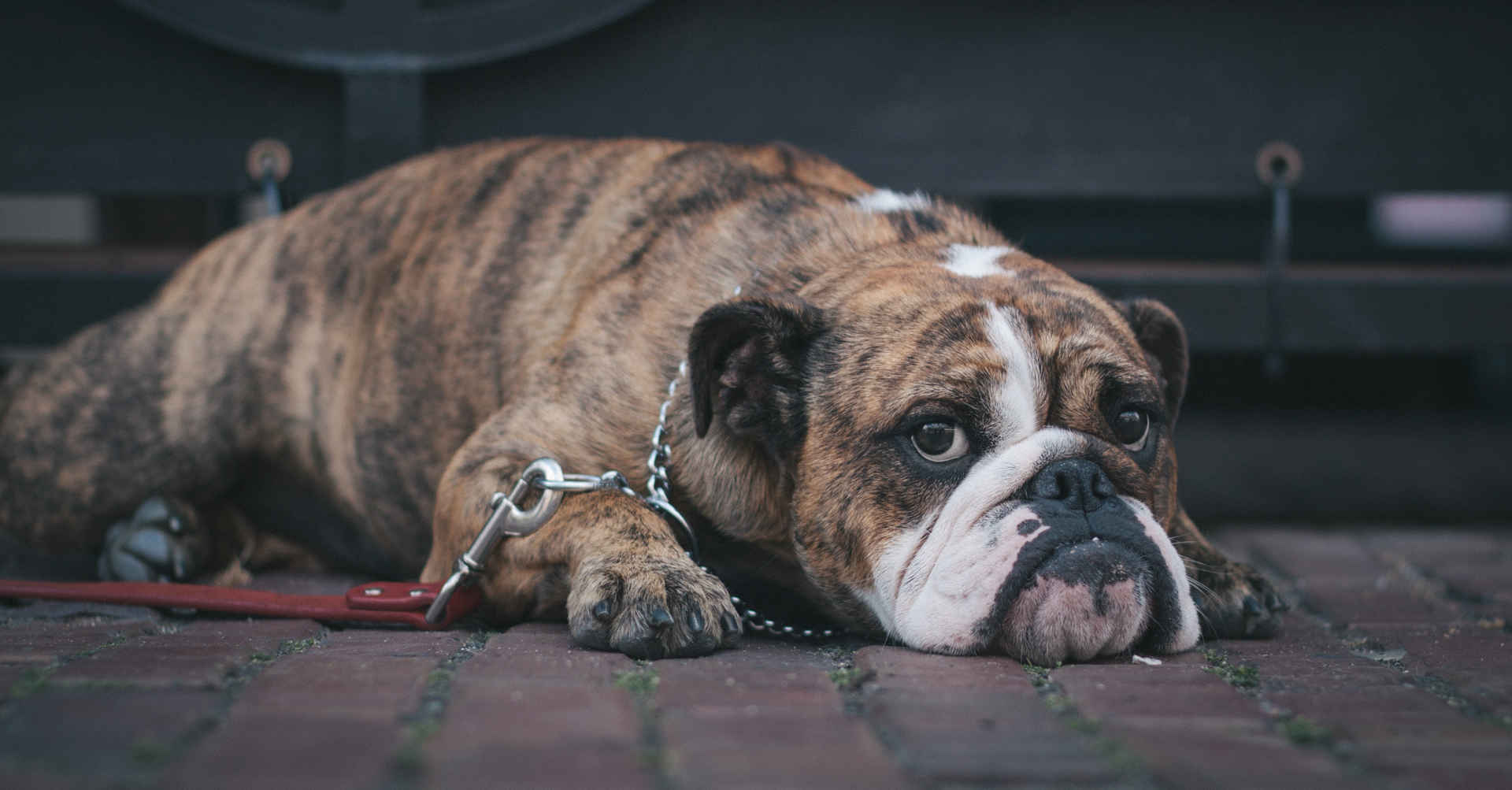Membership of a medical aid scheme has become a necessary evil for most of us. However, if you have a much-loved pet, chances are you have also considered getting pet medical aid.
Once the domain of the super wealthy, pet medical insurance is fast becoming a requirement for the everyday pet owner as veterinary bills get more and more expensive. You still have to pay the veterinary bills upfront but you can submit the bill and paid invoice to your pet medical aid, which will then reimburse you.
To make sure you get the best cover for your beloved pooch or kitty, these are some of the things you need to consider when you take out pet medical aid.
ExclusionsVery few medical aids, human or pet, cover every single condition that can be claimed for. Exclusions for pet medical aids will usually include any pre-existing conditions, pregnancy, elective procedures, special foods, behavioural problems, tick paralysis and congenital conditions.
Age limitsYou should take out pet insurance as soon as you get a pet. Even if you buy a healthy eight-week old puppy or kitten, you have no way of knowing what conditions may arise later on. Rather join the medical aid sooner so that there are fewer exclusions. If you adopt a rescue dog or cat, you may find that pets over a certain age are not accepted as new members on a pet medical aid.
MicrochipsA microchip ensures that your animal can be identified if they are lost or stolen. Some pet medical aids insist on the animal being micro chipped before they will accept the policy. Find out beforehand what the policy is with the medical aid scheme you choose to use. You can have a microchip fitted for a once-off fee or you can choose to pay a monthly fee for the microchip service. Just like the tracker unit on your car, you should check that the microchip is working once a year by having your vet scan your pet.
The business backing the medical aidDo the homework and find out which company underwrites your pet insurance. If it is a large, established player in the insurance market, this carries some reassurance that it is not a fly-by-night scheme. For example, Hollard and Renasa, which are well known in the insurance industry, underwrite the two largest pet medical aid schemes.
Waiting periodsTypically, your cover kicks in 30 days after you take out the policy. This is yet another reason why you should take out pet insurance sooner rather than later.
Participating vetsThis is usually not restricted but it is worth asking your pet medical scheme upfront if there are any restrictions on the vets you can use. There might be a preferred vet network, similar to the doctor networks that your own medical scheme might use.
ExcessNot every claim is paid back 100%. Read your policy document carefully when you take out pet medical insurance and set aside money for emergency veterinary bills.
Premiums range from R175 to R248 a month, depending on the level of cover you choose. Take your time when choosing pet medical insurance. The different types of cover can vary and vet bills can add up very quickly.




